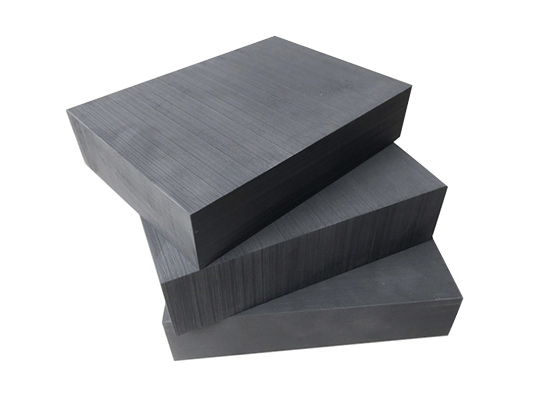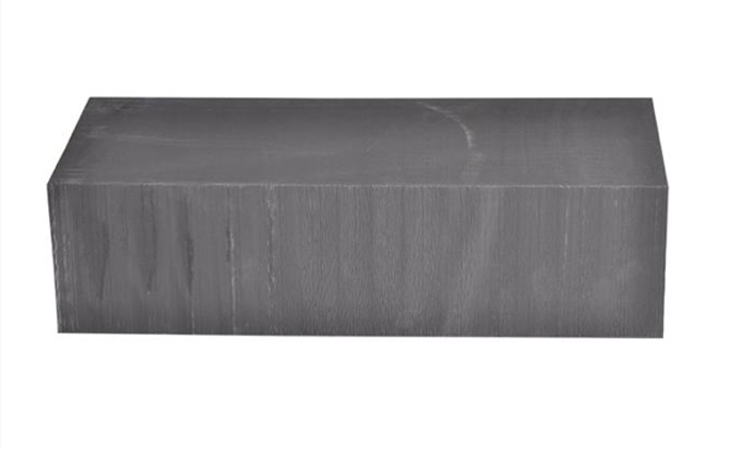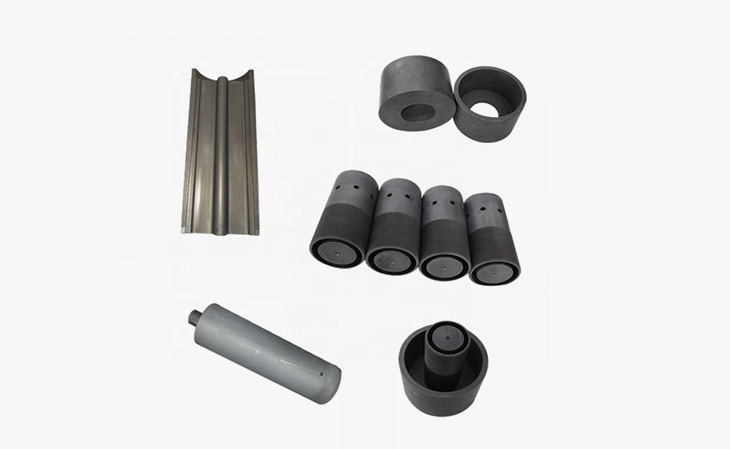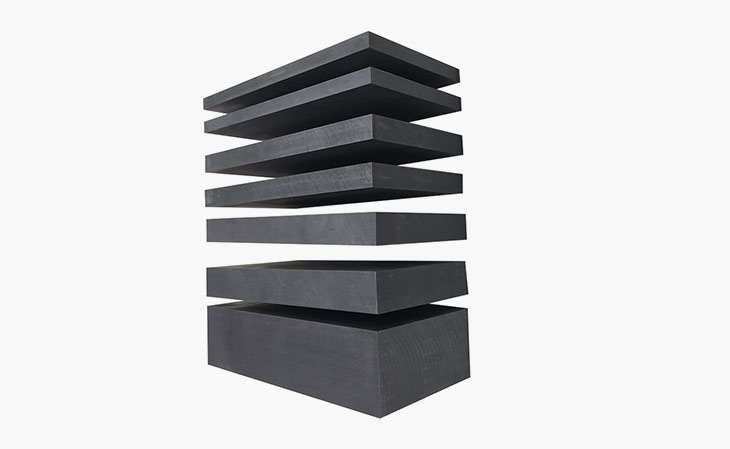In recent years, with the development of China's industry, technology has achieved remarkable accomplishments. Graphite blocks for electrical discharge machining (EDM) have become the theme of the era for the precision mold industry, aiming to create higher quality and lower costs. EDM graphite blocks are increasingly favored by customers. Therefore, machining graphite blocks have become a new benchmark for the industry in finding alternative graphite block materials to replace copper electrodes. This article will explore the advantages, applications, and future development trends of EDM graphite blocks.
What is Electrical Discharge Machining?
Electrical Discharge Machining (EDM) is an advanced technology that uses the principle of electrical discharge to perform metal machining. In the EDM process, the electrode (usually a graphite electrode) discharges through electrical pulses between the electrode and the workpiece, achieving material cutting, engraving, and shape machining.
What are the benefits of EDM graphite blocks?
Graphite electrodes have the characteristics of high strength and high-temperature resistance, allowing them to maintain their shape during high-energy discharge processes, making them less prone to deformation or damage. Additionally, graphite electrodes have good electrical conductivity, enabling them to effectively conduct current and achieve a stable discharge process. Graphite electrodes also possess excellent corrosion resistance and thermal shock resistance, maintaining stability in high-temperature environments. Furthermore, graphite electrodes have outstanding processing performance, suitable for complex machining needs such as fine details, thin ribs, helical gears, and precise square corner grooves.

Moreover, as the geometric shapes of molds become increasingly complex and the variety of product applications grows, the demand for discharge precision in EDM machines continues to rise. Due to the relatively simple machining process, high discharge material removal rate, and low wear rate of graphite electrodes, they are gradually being adopted by some EDM machine customers as an alternative to copper electrodes. Additionally, certain specific shapes of electrodes are difficult to manufacture with copper materials, but graphite electrodes are favored for their ease of forming. The relatively heavy nature of copper electrodes makes them unsuitable for machining large electrodes, which is also a key factor driving some EDM machine customers to choose graphite electrodes.
What are the applications of graphite electrodes in mold machining?
Graphite electrodes are primarily used for machining various complex and precision small workpieces, such as punch molds, die molds, male-female molds, fixing plates, and discharge plates. They have outstanding advantages in aspects like small machining allowances, high machining precision, short production cycles, and low manufacturing costs.
In the future, with continuous technological advancements, the manufacturing and application of graphite electrodes will become more advanced. New material engineering solutions have led to the reduction of graphite electrode particle sizes, thus improving machining efficiency. Notably, graphite electrodes are expected to play a significant role in fields such as new energy, new materials, and high-end equipment manufacturing. For instance, in the field of new energy vehicles, EDM graphite electrodes can be used to manufacture key components such as battery modules and battery boxes. Overall, with the advancement of technology, EDM graphite blocks will play a more extensive role in future development, providing reliable solutions for high-precision machining.
 English
English









